The bushfires of 2019/20 were among the most destructive in living memory and as well…
Price of rice: more empty shelves to come?
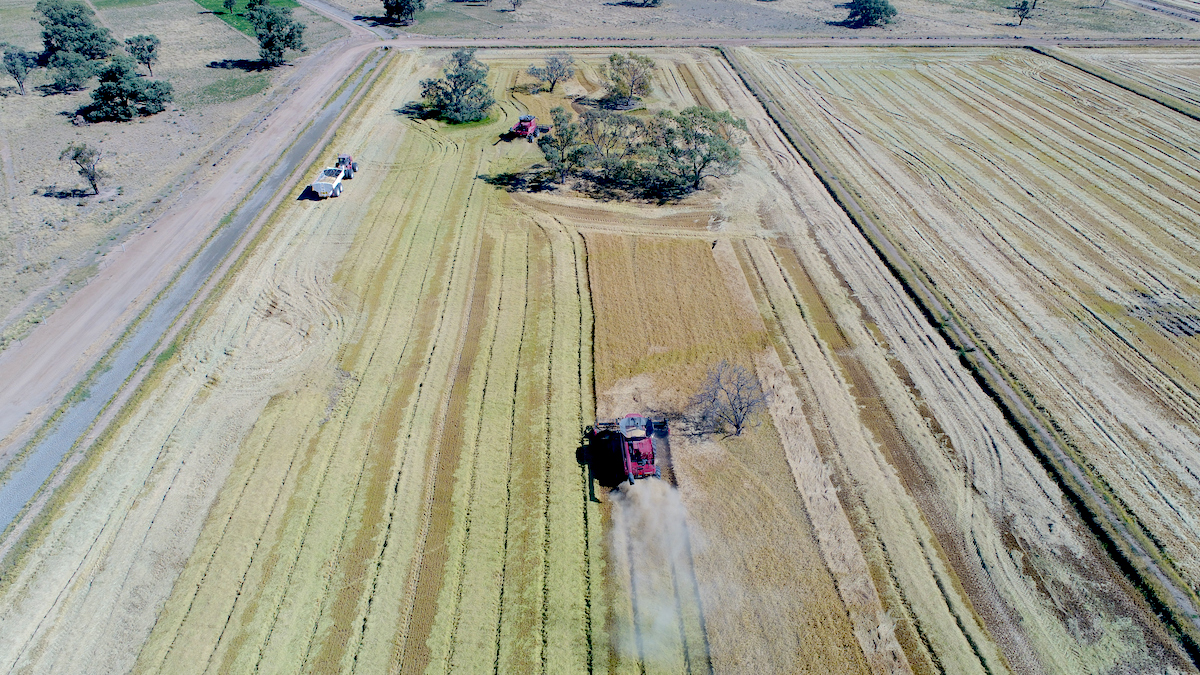
There�s no one that grows rice better than Australia. Despite representing only 5 per cent of global medium and short grain rice exports, and only 0.4 per cent of the total value of Australian agriculture production in 2017-2018, no other country does it better. Why? Because Australian grown rice uses 50 per cent less water than the global average. So what is the price of rice?
Before this year, along with pasta and flour, Australians have never thought to question that rice would just always be there, waiting to be purchased. So, when it suddenly disappeared in March, consumers took notice.
�As soon as the panic buying started, it became very obvious to Australians that there’s an issue with supplying rice,� explains Debbie Buller, owner of Buller Pastoral Company and president of Murrumbidgee Valley Food and Fibre Association. �There was less Australian rice available before COVID-19 anyway, but I think the pandemic has actually highlighted what the issue is, which is that the industry has been severely compromised for a long time by water policy.�
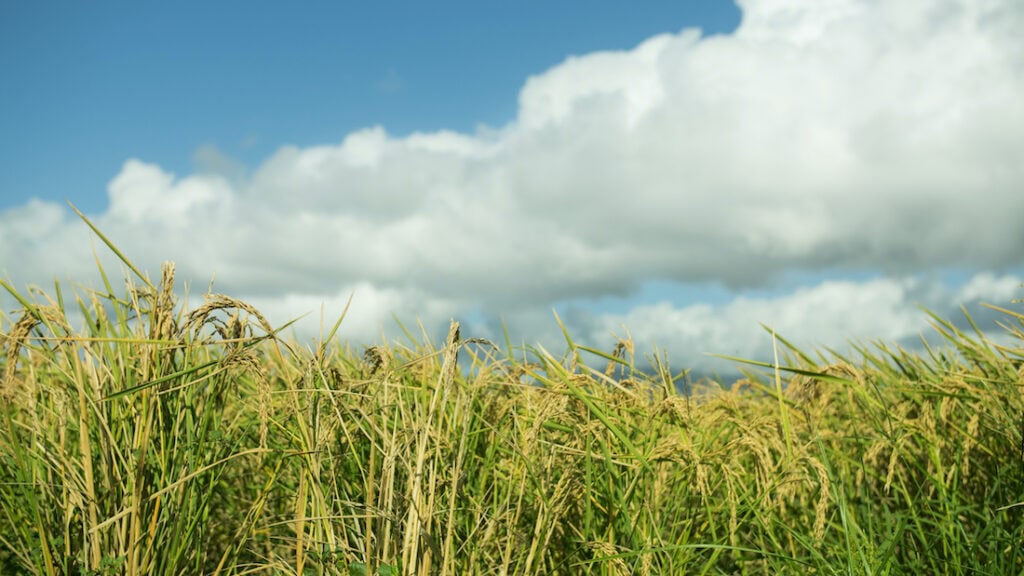
In the 2019-2020 season, fewer than 70 Australian growers harvested rice crops, compared to 800 growers in a good season. Only 57,000 tonnes of Australian rice was harvested, compared with an average 800,000 tonnes � representing a 90 per cent reduction since the 2017-2018 season. Should rice-loving Australians be worried that this affordable staple will soon be a high-priced premium product?
It�s raining rice
Globally, world rice stocks are the highest they have ever been, so, in theory there should be no issue with supply in coming years. Australians consume 300,000 tonnes of rice per year, and due to cost and a demand for different grain types, half of that is imported and half is sourced domestically.
However, in April, due to the pandemic, Vietnam closed its borders to rice exports in order to shore up its national food security, and Cambodia and Myanmar followed soon after. India and Pakistan didn�t ban exports, but due to lockdowns, most of their rice exports stopped for a few weeks. While these countries are once again exporting rice, it does raise the question of how secure global supplies will be in an uncertain future.
�It�s not a nice feeling for people to not be able to access staples they rely on, like rice and dairy. It’s not good that the Australian supply has been compromised,� says Buller. �The Australian consumer has now noticed our inability to supply our own people. And perhaps part of that is that they need to be prepared to pay a little bit more for a quality product that they can trust.�
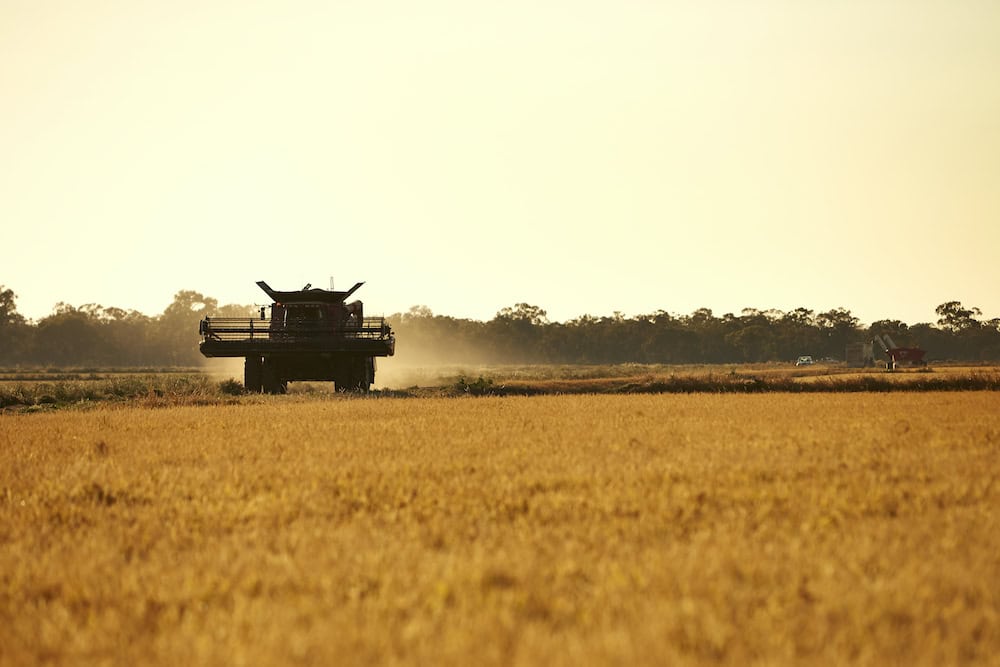
In July, the CEO of SunRice, which buys 98 per cent of domestic rice output, predicted that supermarket shelves would be empty of Australian grown rice by Christmas, and noted that they were sourcing rice from as far away as Uruguay to meet domestic demand. Given the domestic rice market is in crisis, what�s being done to support the industry?
The price of rice when the Riverina runs dry
Australian rice is grown overwhelmingly in NSW, predominately in the Riverina region in the southern part of the state. Rice is Australia�s third largest cereal grain export, and it�s estimated that every $1 of rice production equates to $4 in flow-on economic activity. Perhaps most importantly, rice was one of the founding industries for many irrigation towns in the area, including Leeton, Griffith, Deniliquin and Coleambally.
�We are a farm-to-plate industry that has contributed a lot to the Australian agriculture industry in the past century,� recalls Rob Massina, president of the Australian Ricegrowers Association. �But water availability is critical to rice growing, and due to the drought and 25 years of water reform we no longer have the one vital thing we need to grow rice.�
Like most rice growers, Massina�s farm is a mixed operation. Rice farmers typically produce other crops, such as cotton and wheat, and many keep livestock, to get them through leaner years. But under the Murray-Darling Basin Plan, water allocations to southern NSW have been minimal or non-existent, with permanent crops such as almonds, grapes and citrus getting allocated before annual crops like rice and cereals.
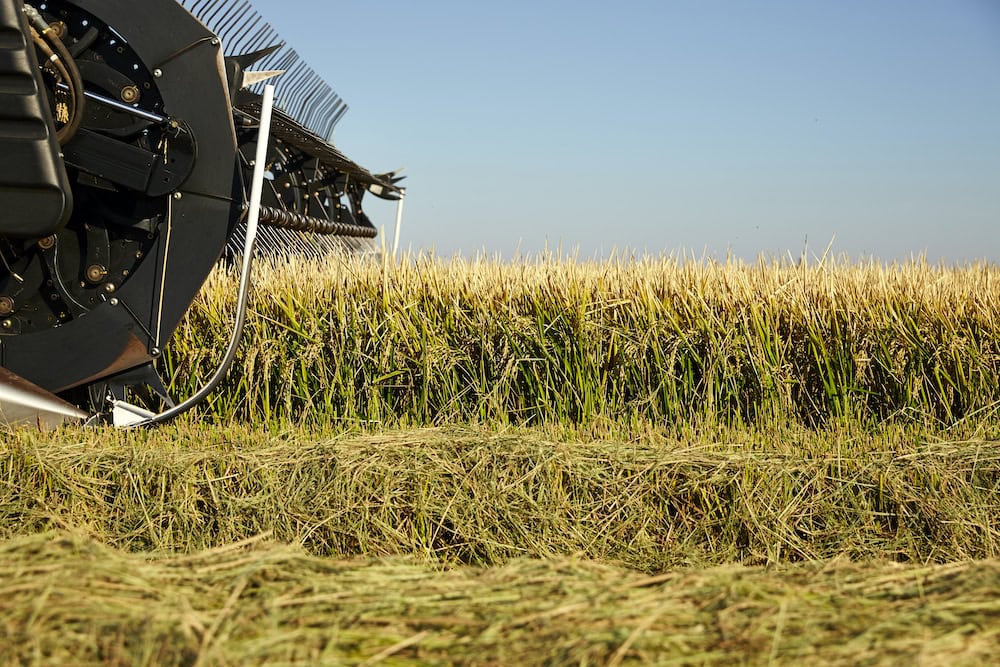
�The major issue was the advent of the Water Act in 2007, and the federal government stepping in and turning water into a commodity, rather than seeing it as input,� describes Buller. �Basically that set people, commodities, valleys and states against each other � all competing for water � so that’s when it became scarce. It�s not so much a water shortage, it’s a water accounting problem, which creates a shortage on paper. Because of supply and demand, the price of water gets driven up beyond people’s reach.�
Massina explains that the association represents irrigated agriculture more broadly, and has been lobbying the government to steer policy on this issue in the right direction. �There have been a lot of unintended consequences from water reform that need to be fixed. We are asking government to commit to no further removal of water from the productive sector. We also want the consequences of water reform to not continue to erode the reliability of general security water allocations in the southern connective systems. We have proven ourselves as the most efficient irrigators globally, but we can only grow rice if we have the water allocation to do so.�
With early and decent rainfall in June and July, there are better prospects for the next rice growing season. But, of course, livestock will take first priority for any available water. Only then will farmers like Massina decide if they keep Australia�s pantries well-stocked through the coming recession years, or if we must rely on imports.
�Australian consumers need to want Australian rice on supermarket shelves for the industry to survive,� warns Massina.
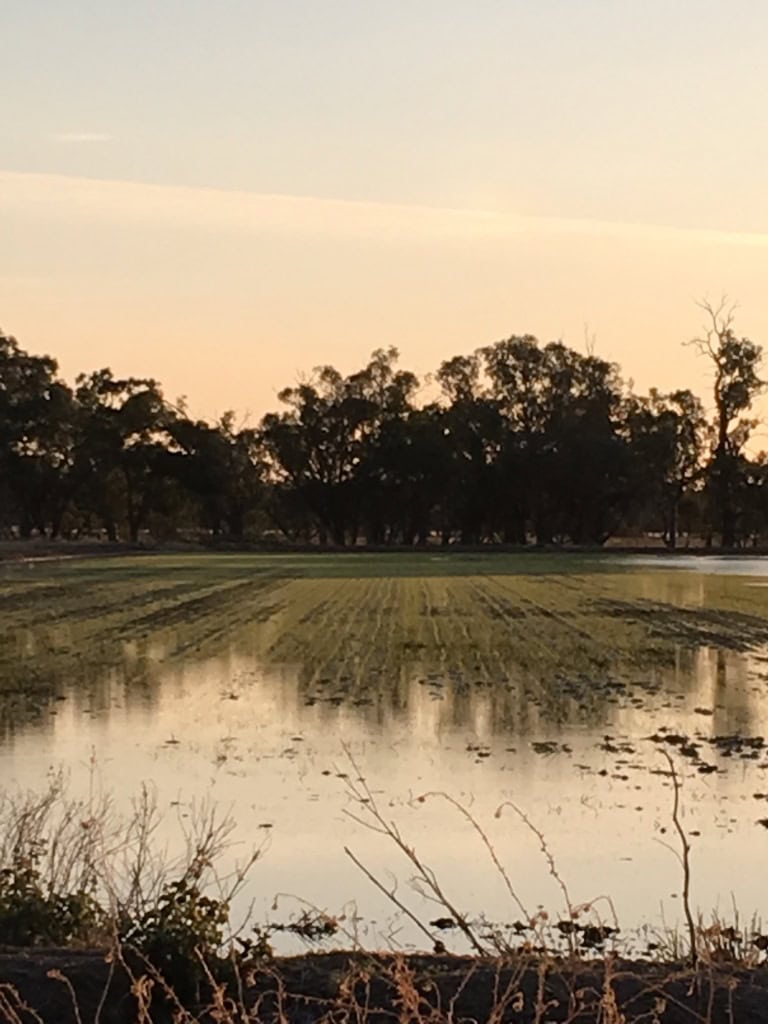
History of the Australian rice industry
1850: Likely introduction of rice seed into Australian goldfields by Chinese prospectors
1891: NSW Dept of Agriculture begins trials of �upland� rice varieties in northern NSW
1914: Jo Takasuka grows the first commercial rice crop in south eastern Australia.
1928: The Rice Marketing Board for NSW commences operations. Its role is to receive and store paddy, and negotiate with millers on price
1932-34: Rice mills are built at Murrami, Yenda and Griffith, NSW
1950: The central executive of the Ricegrowers Association forms a new co-operative – Rice Growers Co-operative Mills Limited
1955: The Co-operative launches its own branded retail pack of �Sunwhite Rice�
1970: The Co-operative builds a rice mill at Deniliquin � the largest milling complex in the Southern Hemisphere
1985: Rice Growers Co-operative Mills Limited and the Rice Marketing Board for NSW undergo a functional merger to become Ricegrowers� Co-operative Limited.
1990: New SunRice �Sculptures� advertising campaign wins major Australian and international advertising awards, increasing domestic rice consumption by 17 per cent
2000-2014: A decade of debilitating drought sees SunRice diversifying its business portfolio and global sourcing program to ensure continued growth and prosperity of the business, including rice flour, snacks, microwave rice and ready-to-go meals
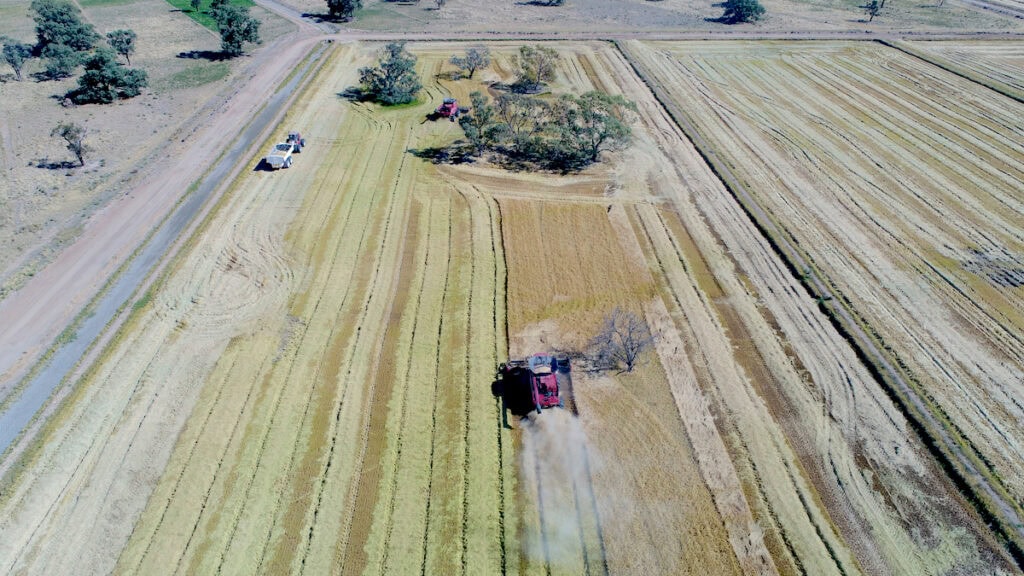
If you enjoyed this story, you might like reading our feature on the seaweed industry


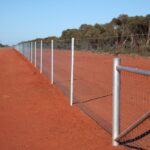
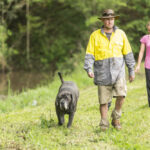
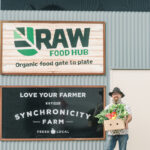

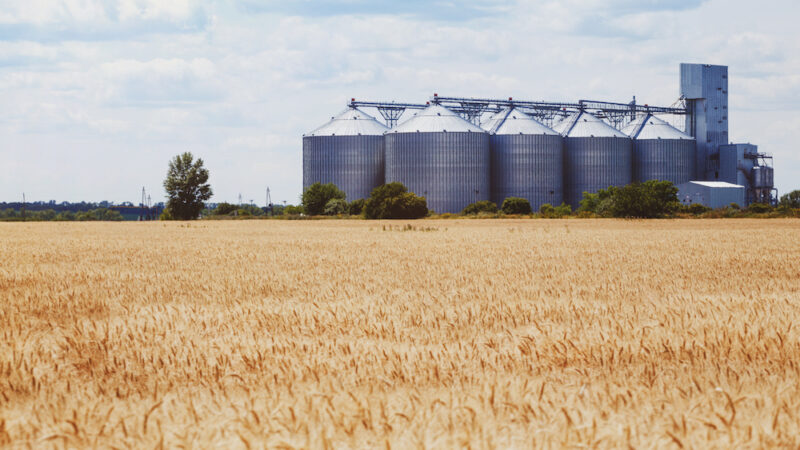
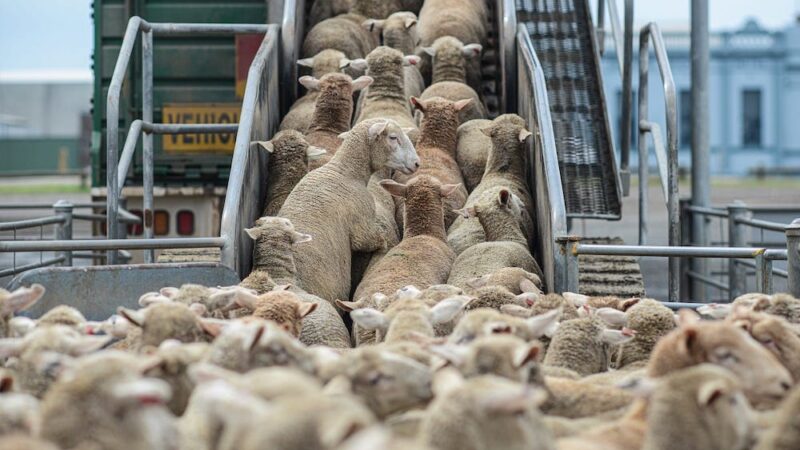

If I am not mistaken is a lot to do with private enterprise owning Australian water and prioritising where the water goes to.
Ie where it makes them the most money.
Having a Korean husband we eat rice every day min 2 times per day .
Australia is trying to tell us “buy Australian made and grown ” well it is getting harder every yr it seems.
We got to stop corporate greed and keep Aussie produce for Australians